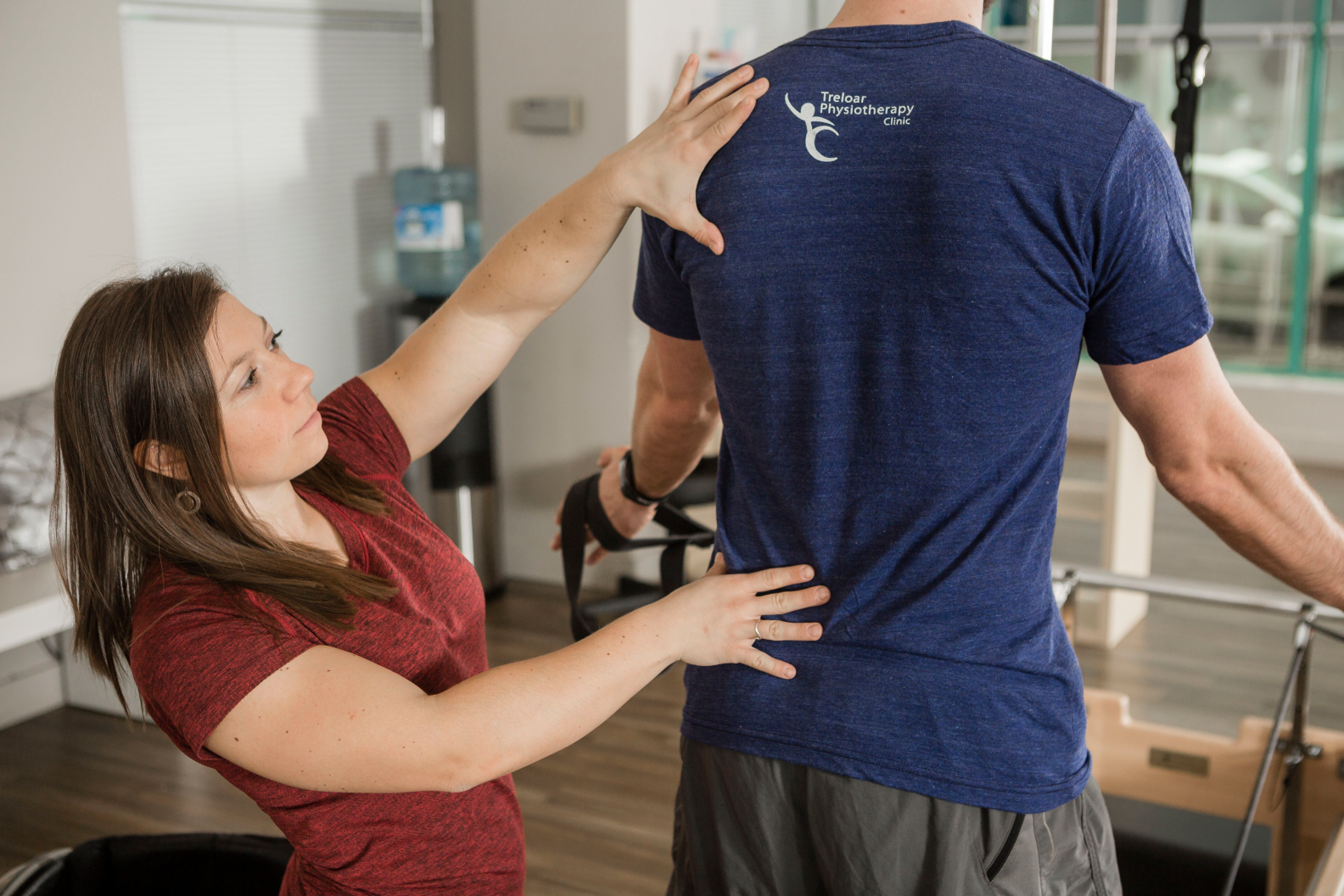Clinical Pilates: Why It’s Great For Men, Too!
Historically Clinical Pilates has been known in the public eye as a predominantly female oriented form of exercise. In recent years the media’s attention on high profile professional male athletes using Clinical Pilates as a form of rehabilitation after injury, has helped change that view.
The benefits of Clinical Pilates are applicable to the entire population, but men often overlook it for a variety of reasons. Here are a few reasons I think men, and everyone else, should give Pilates a second look.
1. It’s Customizable – Clinical Pilates is highly customizable, meaning we can adjust things to make them as easy, or as challenging as we need for each individual. It makes it a great starting point for people looking to return back to exercise, but also a great place for people who already have a good exercise regime but want more variety.
2. Add Variety/Variability – by adding in Clinical Pilates to your already existing training regime you can help add in movement variability. Acute injuries tend to occur when the stresses placed on our tissue out match the capacity of the tissue to manage the load. By adding in more variety, you increase your bodies ability to manage that stress/load on your tissues in more diverse ways. Additionally when exploring movement variety through the introduction of new sports, or activities (such as Clinical Pilates) we can identify areas of potential weakness that may have previously gone unnoticed or ignored.
3. Build Resiliency – Our bodies are designed to move. Often with our day to day patterns, we move within certain limited ranges of motion. Through Clinical Pilates and movement we can re-train and learn new movement strategies to explore range of motion beyond our daily patterns. This allows us to use variety to build resiliency and capacity into our tissues, so we are prepared for the movements required of us through our daily life and/or sport. It also allows us to rebuild confidence in our bodies after injury. This is an incredibly important concept in rehabilitation as following injury we often lose confidence in our bodies, we second guess our movements, or we may alter our behavior to avoid certain tasks.
4. Flexibility/Mobility/Stiffness etc. – Generally speaking men are less flexible than our female counter parts. There are a variety of reasons for why someone might lack the proper mobility or flexibility, or have regions of stiffness and tightness. There are times when we as humans require stiffness and tightness in regions of our body, and there are times when this can hinder performance. For example stiffness can be beneficial and help us transfer force from one area of the body to another. Alternatively there are times when stiffness or tightness can have negative effects. Such as when a reduction in ankle range of motion may be affect our squat depth. Through the dynamic movements of Clinical Pilates we can help improve the flexibility and mobility of our bodies in a variety of ways that can transfer to other aspects of your life or sport.
Ultimately, if you are interested in trying Clinical Pilates or are just curious on what it’s all about, I suggest trialling it out to see for yourself.
For more information or to book your next Clinical Pilates session click here.
Written By: Bryce Dundon – Physiotherapist, Functional Dry Needling, Clinical Pilates Instructor, OR1



